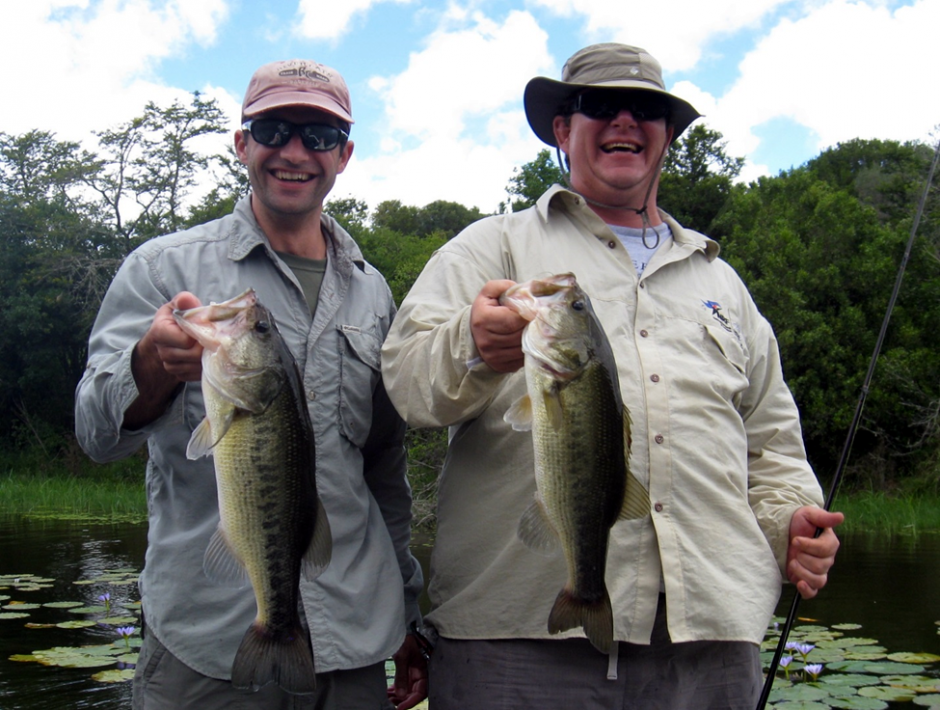5 June 2017 | By Olaf Weyl
Despite repeated introductions, existing populations of an invasive fish predator in South Africa display extremely limited levels of genetic diversity. A recent study by C·I·B core team member, Olaf Weyl, along with collaborators John Hargrove and James Austin from the University of Florida, sampled populations of Largemouth Bass (Micropterus salmoides) from the Eastern and Western Cape Provinces to assess genetic patterns and gain a better understanding of the characteristics surrounding their introduction.
Records associated with fish introductions are often not available or incomplete, making it difficult to retrace the characteristics of species invasions. Genetic data and patterns give researchers an opportunity to reconstruct potential invasion routes, identify the number of source populations used in introductions, and quantify the numbers of fish used to establish individual populations.

Genetic data from South African Largemouth Bass populations strongly supported a scenario of repeated and independent introductions, identified a putative source population from within the native range, Maryland (USA), and highlights the long-term success of invasive populations founded using small numbers of individuals (<25) harboring limited levels of genetic diversity.
“The findings of the present research imply that invasive fish populations can become established in a wide range of environments even when very small numbers of fish are introduced” says Hargrove. “Future work is needed to understand how small population sizes, associated reductions in genetic diversity, and by extension the capacity to evolve impact invasion success.”


